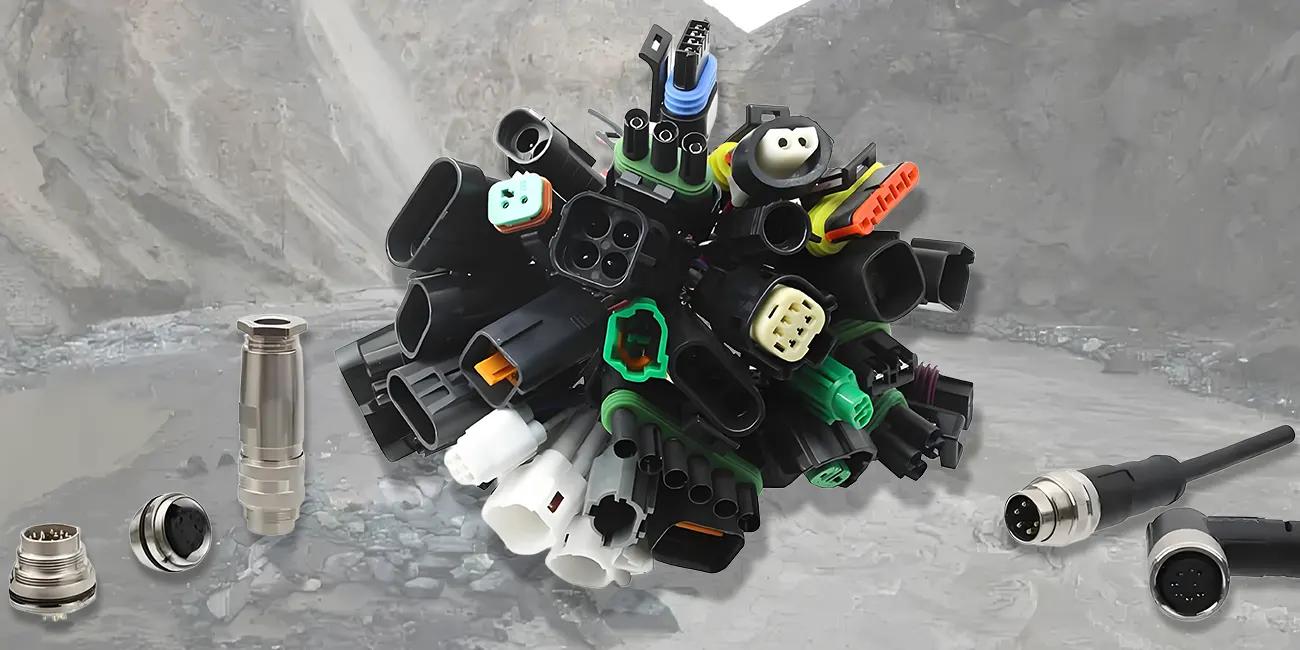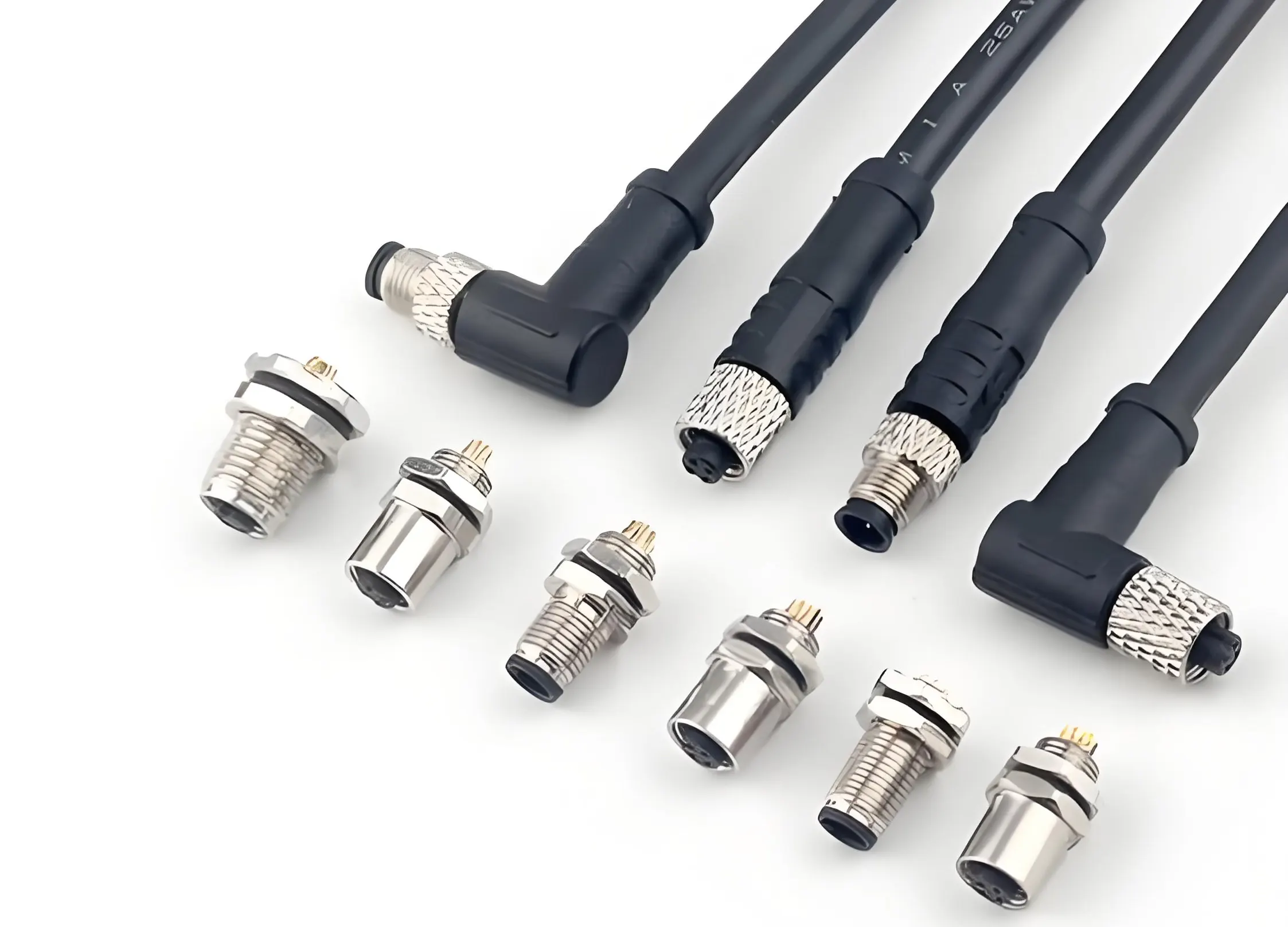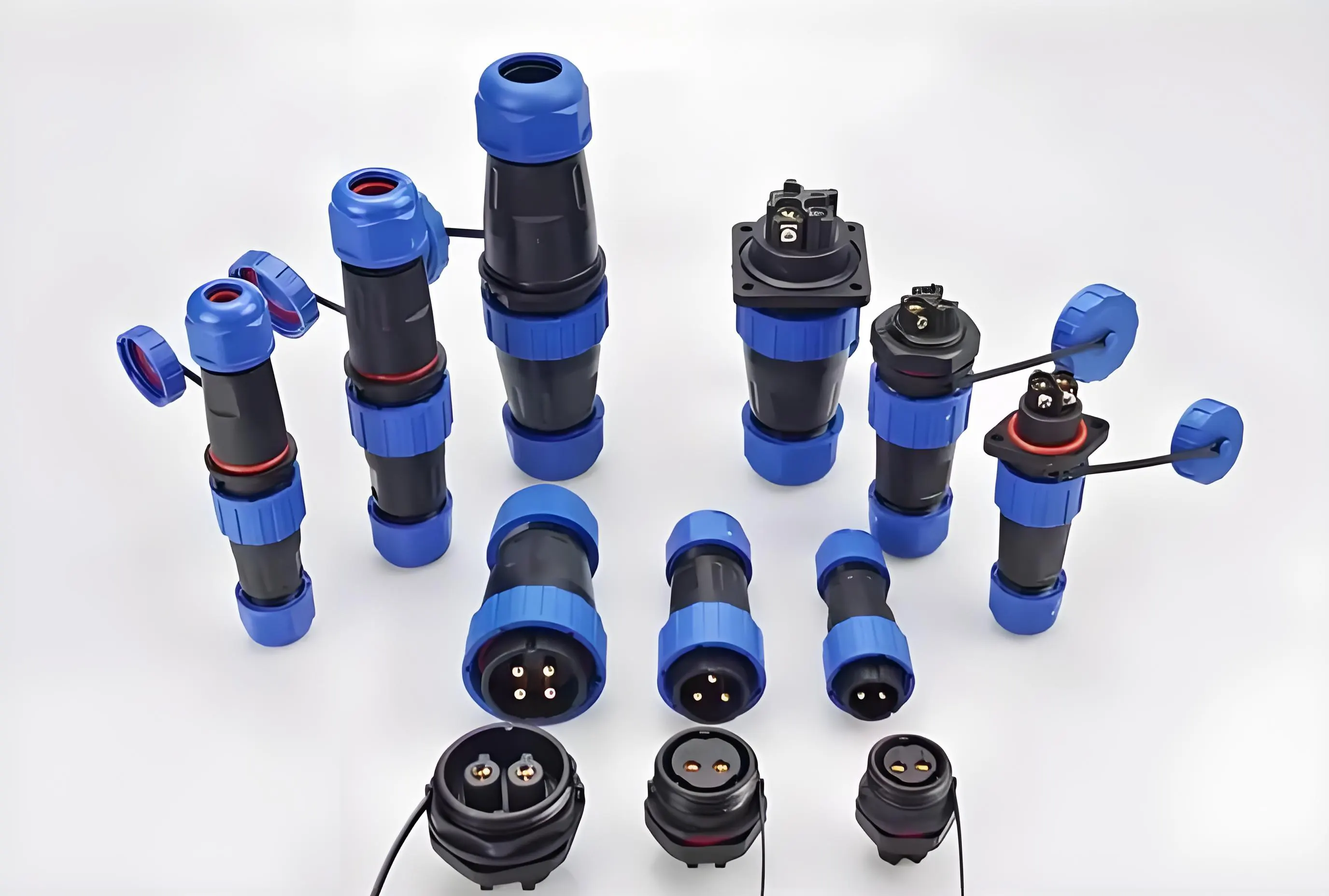
By Admin
2025-10-10 17:20:35
How to Choose Waterproof Wire Harnesses for Harsh Environments
Selecting the right waterproof wire harness is crucial to system safety and reliability. In outdoor equipment, automotive electronics, marine applications, and industrial automation, wire harnesses are often exposed to harsh environments such as moisture, dust, high temperatures, and salt spray. Inadequate waterproof and dustproofing can lead to signal interruption, electrical shorts, and even equipment damage. This article explains how to choose a high-quality waterproof wire harness, considering aspects such as protection rating, material selection, sealing structure, and testing standards.
What is a waterproof cable harness?
A waterproof cable harness is an electrical cable assembly with a sealed protective structure. It effectively blocks the intrusion of moisture, oil, and dust by using waterproof connectors, sealing gaskets, shrink tubing, or injection-molded jackets.
Common waterproof designs:
- O-ring seal
- Silicone gasket
- Epoxy sealing port
- Over-molded jacket
These structures allow the wiring harness to maintain reliable performance in environments such as high-pressure washing, rain immersion, and humid air.

Definition and Applications of Waterproof Wiring Harnesses
Waterproof wiring harnesses utilize a sealed design and specialized materials to ensure stable electrical performance in humid or submerged environments.
They are commonly used in:
- Automotive (engine compartment, chassis, lighting systems)
- Outdoor equipment (surveillance cameras, solar controllers)
- Marine and offshore equipment (navigation systems, motor control)
- Industrial machinery and robotics (humid or dusty environments)
In these scenarios, waterproof performance directly affects the service life and safety of the device.
Protection level (IP level) is the key to the evaluation criteria
The core indicator of waterproofing is the IP (Ingress Protection Rating), defined by the International Electrotechnical Commission (IEC).
| Grade | Performance | Application |
| IP65 | Dustproof and low-pressure water jet-proof | Indoor or light outdoor environment |
| IP67 | Can withstand short-term immersion in water (within 1 meter, 30 minutes) | Automotive exterior, communication equipment |
| IP68 | Can be immersed in water for a long time (>1 meter) | Industrial automation, marine equipment |
| IP69K | Resistant to high-pressure and high temperature washing | Military, food, and medical industries |
Connector design: sealing structure and terminal protection
Connectors are the core protective components of waterproof wiring harnesses.
Common waterproof series include:
M8/M12/M23 Series (Standard Interfaces for Industrial Automation)
Industrial waterproof aviation plugs (such as SP, WP, LP, SY series)
Military aviation connectors (such as Y series, MS series)
DT/DTP Series (Commonly Used in Automobiles and Construction Machinery)
Circular Waterproof Connector
Selection Key Points:
Locking Structure (Threaded/Snap-On/Crimp)
Sealing Ring Material (Silicone/NBR)
Corrosion-Resistant Metal Surface Treatment (Nickel Plating/Anodizing)
Key criteria for judging whether it is waterproof:
- IP rating: IP65 means water-resistant; IP67 means it can withstand short-term immersion; IP68 means it can operate underwater for extended periods. If there's no IP rating, it's not waterproof.
- Sealing design: Is it equipped with an O-ring or a threaded locking mechanism? Is it equipped with silicone or rubber gaskets?
- Materials and Plating: The housing is typically made of nickel-plated copper, aluminum alloy, or nylon. High-quality waterproof connectors are typically corrosion-resistant, salt spray-resistant, and UV-resistant.
If your project needs to be used outdoors, in a humid, coastal, or high-dust environment, it is recommended to choose a waterproof aviation connector with an IP67 protection level or above.

Testing and Validation: Ensuring Long-Term Reliability
Professional waterproof wiring harnesses must undergo rigorous environmental testing, including:
- IP waterproof rating test
- High and low temperature cycle test
- Salt spray corrosion test (ASTM B117)
- Tensile and flexural life test
WIRE HARNESS ASSEMBLY's wire harness products undergo rigorous in-house validation to ensure stable performance in extreme temperatures ranging from -40°C to +125°C.
FAQ Frequently Asked Questions: About Customized Wire Harness Assembly Services
Q1: What types of wire harness customization does WIRE HARNESS ASSEMBLY offer?
A: We offer a full range of custom services, from waterproof wire harnesses, automotive wire harnesses, industrial control wire harnesses, medical device wire harnesses, to communication and power wire harnesses. We can design based on the customer's electrical specifications, environmental requirements, and structural dimensions.
Q2: Can we customize products based on customer drawings or samples?
A: Of course. Wire Harness Assembly supports OEM/ODM services, allowing us to quickly customize and produce samples based on customer drawings, samples, or design concepts.
Q3: What levels of protection do waterproof cable harnesses offer?
A: We typically offer IP65, IP67, and IP68 protection solutions, and we can perform waterproof performance verification testing according to the IEC 60529 standard.
Q4: Do your wiring harnesses meet international certification standards?
A: Yes, all our products comply with international standards such as UL, RoHS, and ISO 9001. Some products are also CE and IATF 16949 certified.
Q5: What is the production cycle and delivery time?
A: The production cycle for standard orders is 2–3 weeks. For large-volume projects, we can flexibly adjust the lead time based on delivery requirements. We also provide a fast proofing service for sample verification.
Q6: Do you provide engineering support and after-sales service?
A: WIRE HARNESS ASSEMBLY has an experienced engineering team that can provide model selection advice, structural design optimization, material recommendations, and after-sales technical support to ensure the long-term and stable operation of our customer projects.
The selection of waterproof wiring harnesses should be based on five major dimensions: environmental adaptability with clear temperature, humidity, and vibration requirements; waterproof and dustproof ratings that must reach IP67 or above; materials and structures including sealing rubber rings and high-strength outer sheaths; electrical performance that ensures stable anti-interference and has a safety margin; and priority selection of customization and certification from manufacturers with certification and engineering support.



